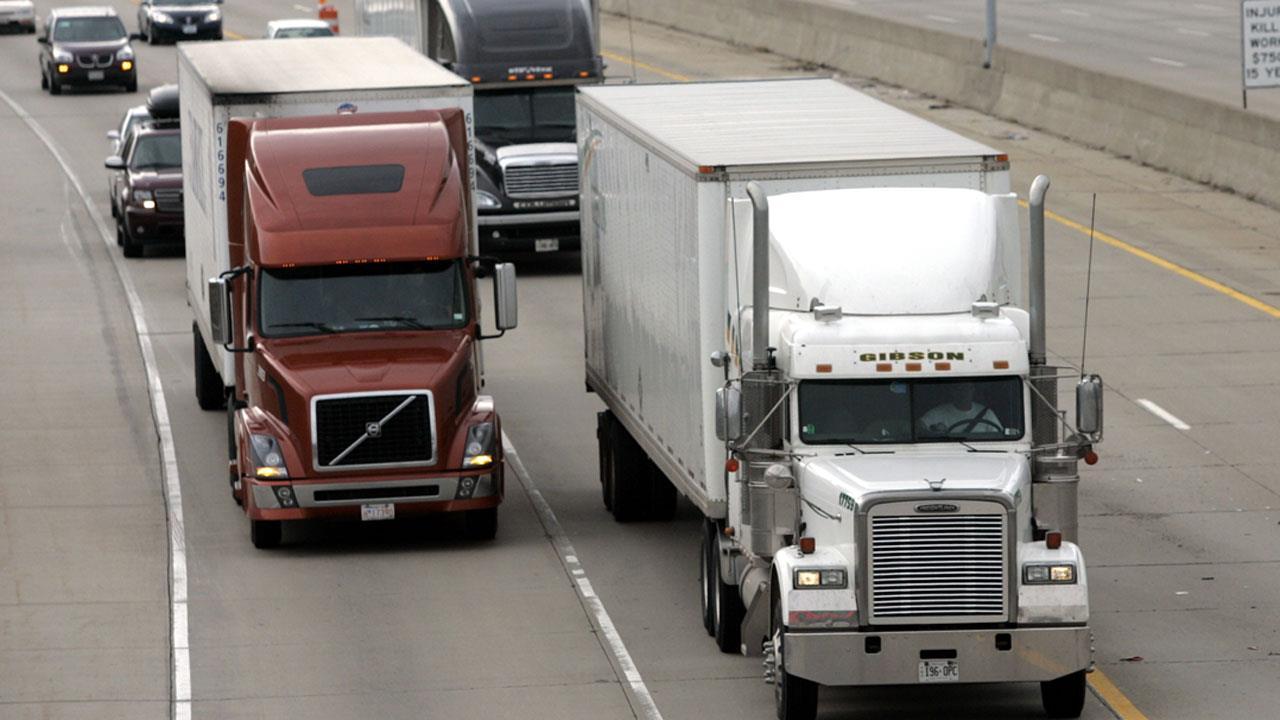Highest-paid truck drivers may be replaced by autonomous vehicles
Driverless trucks could eliminate nearly 300,000 industry jobs over the next quarter-decade, including more than 80,000 of the highest-paying positions, according to a new study.
As technology progresses, autonomous vehicles may replace about 51,000 less-than-truckload drivers – or those carrying small freight for multiple customers – and 32,000 parcel drivers over the next 25 years, Steve Viscelli, a sociologist at the University of Pennsylvania, concluded. These jobs pay the highest salaries in the sector because drivers tend to build a career within the industry, with less-than-truckload drivers earning nearly $70,000 per year.
An additional 211,000 truckload jobs will also be vulnerable to elimination, which are those where the entire vehicle is contracted out to a single customer. These positions currently pay between $47,000 and $54,000.
Autonomous trucks will be better-suited for longer hauls on highways, whereas human drivers will likely still be needed to navigate more intricate, pedestrian-filled local roads, according to Viscelli. The latter positions, which will continue to expand with the online shopping boom, generally pay low wages and have poor working conditions: the average local delivery driver makes a salary around $36,000, the report noted.
Additionally, Viscelli predicts the introduction of driverless vehicles will lead to a digitization of the industry, which could save billions per year, but also put “intense downward pressure” on remaining drivers’ earnings.
Some of those forecasts are a far cry from the challenges the industry is currently grappling with.
In 2016, the trucking sector was short more than 36,000 drivers, according to the American Trucking Associations, which expected that number to surpass 63,000 in 2018. By 2026, it could swell to 174,000.
In order to keep up with demand, the trucking industry would need to hire nearly 900,000 drivers through 2026, or about 90,000 each year, the trade group said.
Owing to the current labor force conditions, trucking companies are actually hiking driver pay in an effort to attract qualified applicants.
The introduction of autonomous vehicles could solve some statistical problems, including limitations on how many hours drivers can travel with cargo, as well as rising shipping costs in response to the need to raise driver pay.
However, driverless vehicles of all types are likely to endure intense regulatory scrutiny before they are approved for commercial use. A number of recent crashes, including some that were fatal, have highlighted the challenges that accompany the technology.




















